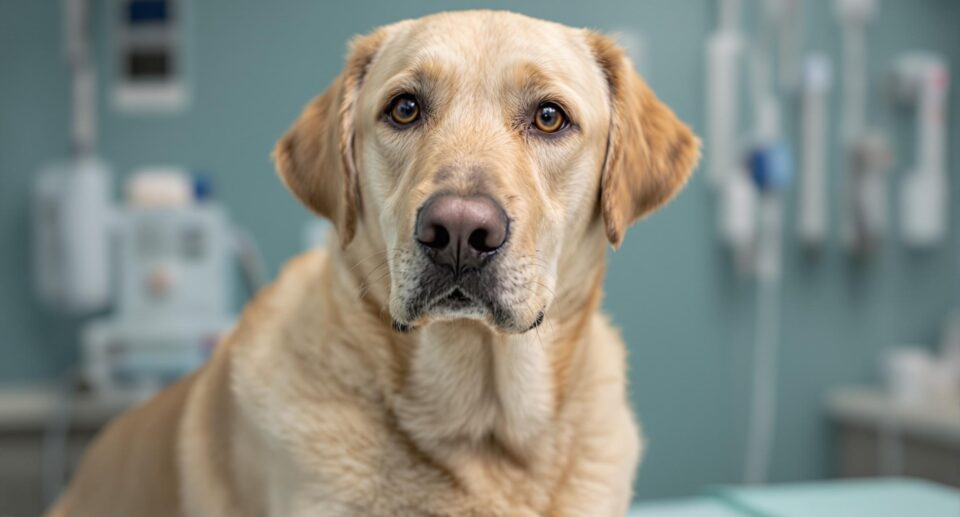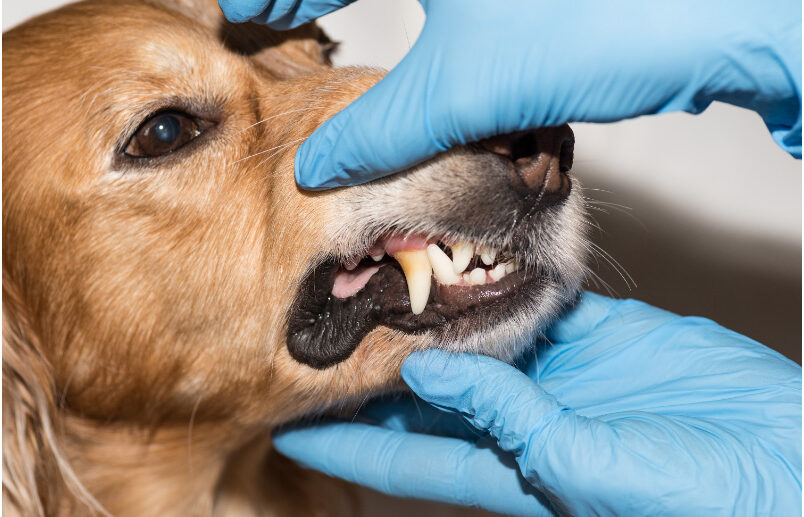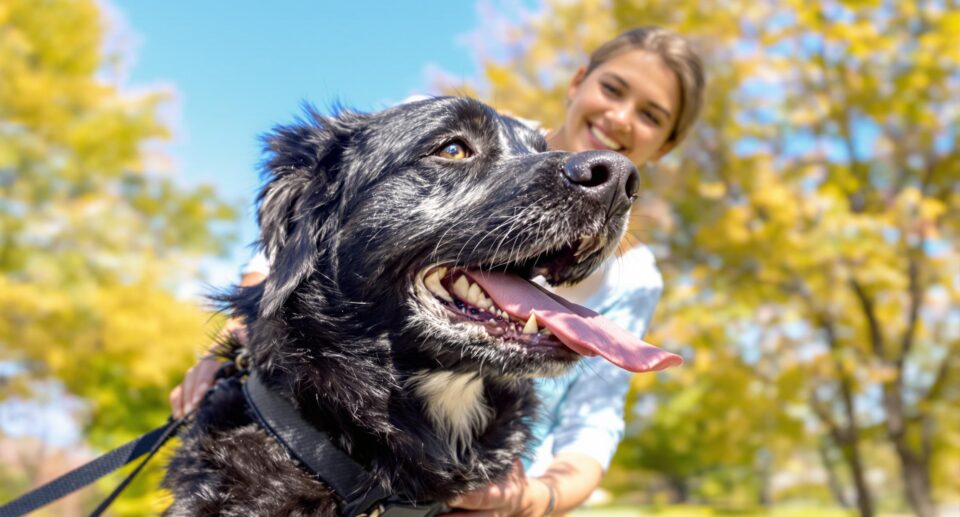7 Ways to Prevent Costly Vet Bills

Taking in a new cat or dog is a commitment most of us are happy and excited to make. We look forward to years of fun, love, and companionship with our new pets. However, few new pet parents take the time to consider and budget out the amount of money that must be spent on proper care and feeding of a new cat or dog.
According to the ASPCA, the average annual cost of caring for a small dog is $1,314 while care and feeding of a large dog costs upwards of $1,843. Cat parents can look forward to spending around $1,035 per year on pet care. If your pet contracts a serious disease or chronic health problem, these costs can skyrocket due to subsequent veterinary visits, surgery, treatments, and medication. The good news is, there are measures you can take to help keep pet care costs low, especially when it comes to expensive vet visits.
Proactive pet care steps to help minimize vet bills include:
- Flea & Tick Prevention
- Heartworm Prevention
- Routine Dental Care
- Prevent Urinary Tract Infections
- Support Joint and Spinal Health
- Prevent Ear Infections
- Watch for Thyroid Problems
The infographic that follows will give you valuable tips, information, and strategies to help keep vet bills lower while improving your pet’s quality of life.
Seeing the vet twice a year for routine check-ups is vital to keep your pet healthy. Skipping the lower cost wellness visits can result in a pet health crisis that could cost hundreds or even thousands of dollars.
Your pet’s first year of visiting the vet will cost more than in subsequent years, due to necessary tests, blood work, and vaccinations. Average annual veterinary costs for dogs after the first year can range from $150-$300 for a healthy dog. Average annual veterinary costs for cats after the first year can range from $50-$200 for a healthy cat.
As your pet ages, veterinary costs may increase due to the special needs of senior pets. Adhering to the proactive routine home care outlined above can help keep your pet feeling healthy and energetic even in his or her golden years.





